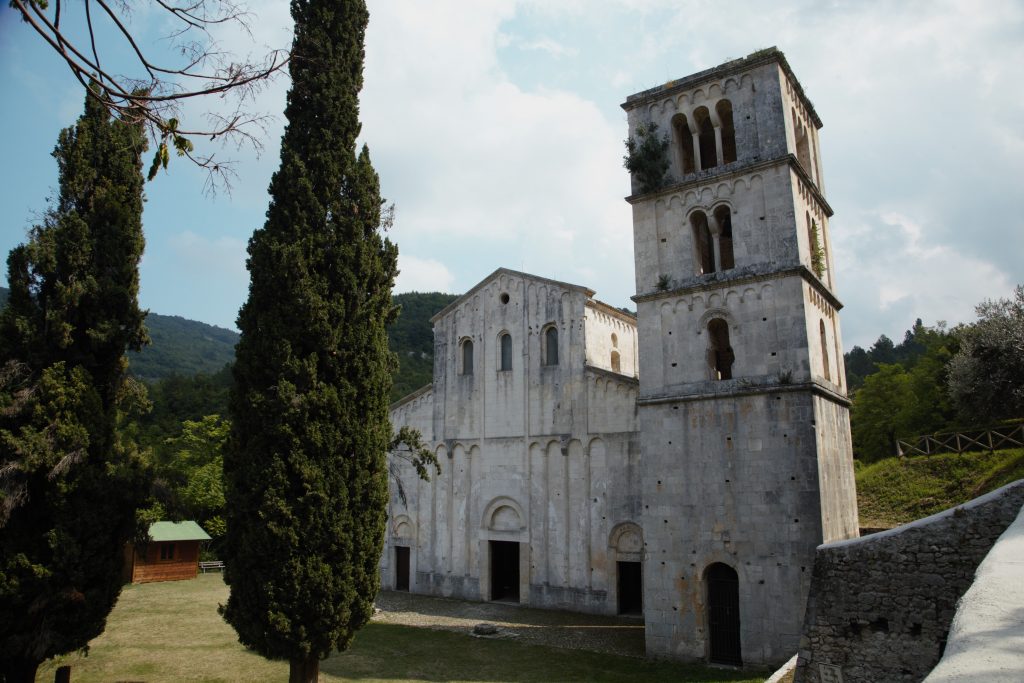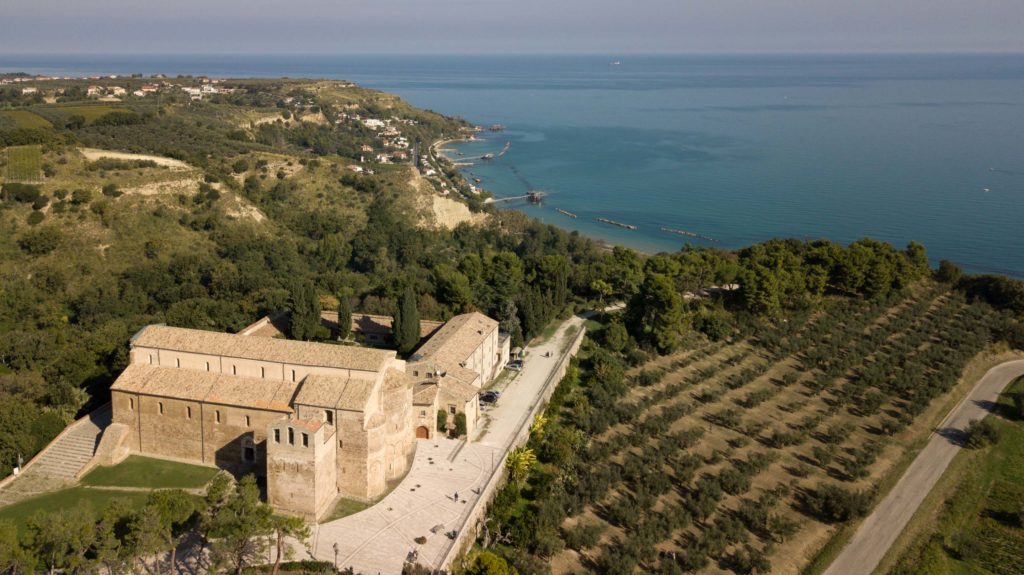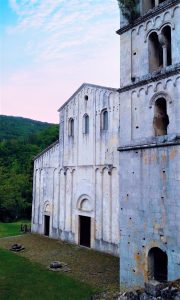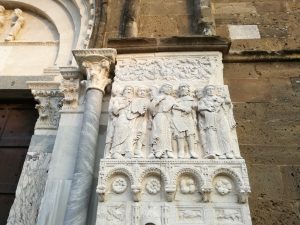Architectural Heritage

The Superintendence’s powers in the field of architectural real estate are expressed through direct protection actions, firstly through the procedures declaring cultural interest, the so-called constraints, and subsequently through the authorization procedures in relation to works to be carried out on the same real estate. The control activity is regulated by art. 41 paragraph 1 letter b) of the MIBACT reorganization decree n. 169 of 2 December 2019 which specifies that the Superintendencies authorize the execution of works of any kind on cultural heritage.
The control actions are also carried out through inspection activities, regulated by article 19 of the Code of Cultural Heritage, which clarifies that the Superintendencies can proceed at any time, with notice of no less than five days, except in cases of extreme urgency, to inspections aimed at ascertaining the existence and state of conservation or custody of cultural assets.

Fossacesia | Saint John in Venus
The regional territory is characterized by the presence of an architectural heritage of great importance. We are not at all in a marginal and isolated region, as often described, but rather in a crossroads of not only commercial but also cultural exchanges, which have conveyed ideas and artists, favoring the development of a wealth that shines through in the architectural heritage widespread.
By exploring in particular the territory of the provinces of Chieti and Pescara, between ancient and elegant cities and the thousand-year-old villages perched on the peaks, it is possible to appreciate the very close union between nature, culture and history. The churches and noble palaces, around which the countless small villages gather, create the typical skyline. The great abbeys, from San Liberatore a Majella to San Clemente a Casauria, from San Giovanni in Venere to Santa Maria Arabona, document the silent and profound revolution brought about by Benedictine-Cistercian monasticism, which contributed to establishing the foundations of the territorial, economic system and society of the region.
Even the numerous fortified structures, from the simplest and most ancient towers to the most complex and powerful fortresses, tell us how, through the complex medieval phenomenon of castle building, the settlement system was designed, particularly in the hinterland.
Equally precious are the testimonies of history and architecture contained in the evocative towns overlooking the sea, along the scenic Trabocchi coast with its unique landscape charm.
The architectural cultural heritage of Abruzzo is also characterized by the notable presence of industrial factories, which with their attestation in some cases confirm the productive vocation of some territories. This is the case of the numerous testimonies of Hoffmann technology furnaces present in the Frenta area, as well as the paper mills and printing houses which demonstrate how, alongside the rural and agricultural economy, a system has developed around the largest cities since the nineteenth century. diversified economic and productive environment, which has guaranteed significant economic growth in the coastal and hilly area.

Lanciano | Portale Chiesa Sant'Agostino
This region, despite its very diverse history, has managed to preserve many of its original characteristics; in this territory, still intact landscapes and historical anthropization constitute an extraordinary combination perfectly realized and, as Giorgio Manganelli’s pen tells us in his visionary reportage on Abruzzo, “if everywhere man’s construction ends up identifying itself with the space in which is located, this is extraordinarily true in Abruzzo, where there seems to be a continuous dialectic between the image of the place and the presence of the building. Although there are frequent presences that we would call monumental, it is never possible to treat them as “monuments”, that is, images whose coherence, whose meaning is expressed in pure stylistic quality, is a pure and simple example to be included in a history of art: every monument is there in that place, and that place is inextricably part of the stylistic quality of human work, unthinkable to admire it in any other place”.
SAN GIOVANNI IN VENERE
- Aree Tematiche
- Archaeological Heritage
- Patrimonio Storico – Artistico
- Architectural Heritage
- Demoethnoanthropological heritage
- Tratturi – EN
- Education and Research
- Historical – Artistic Heritage
- Landscape
- Patrimonio Archeologico
- Patrimonio Architettonico
- Patrimonio Demoetnoantropologico
- Paesaggio
- Tratturi
- Educazione e Ricerca





